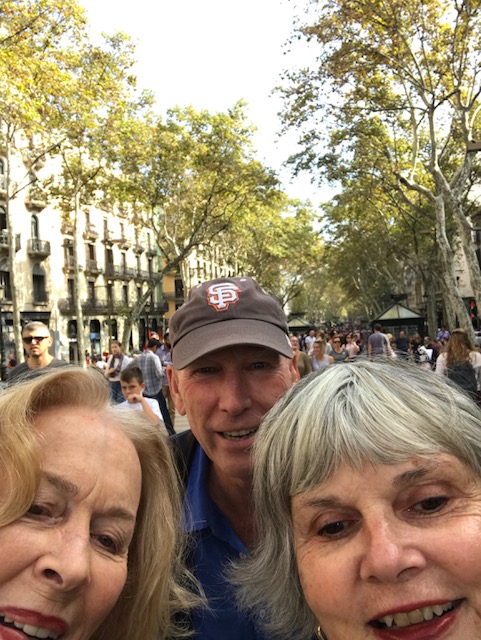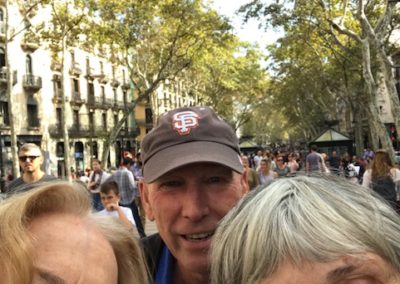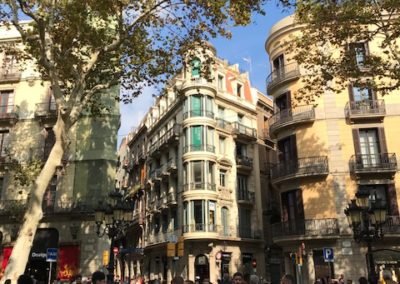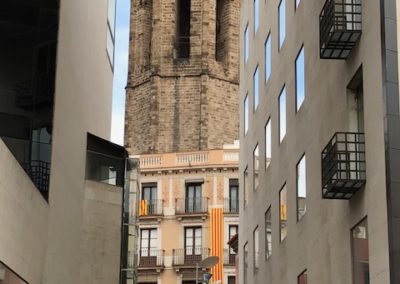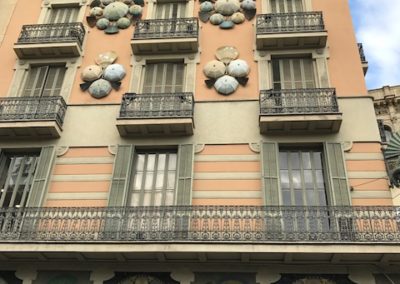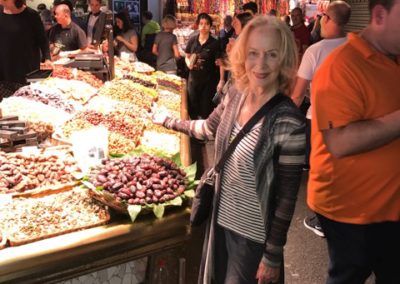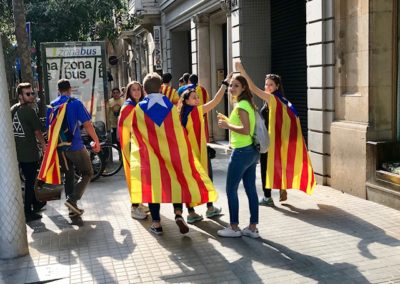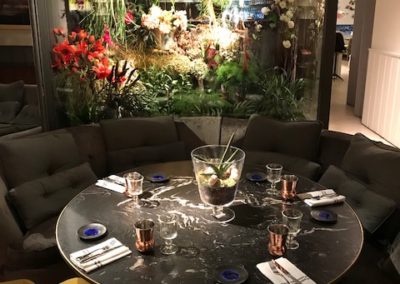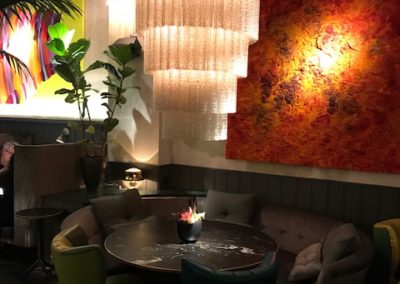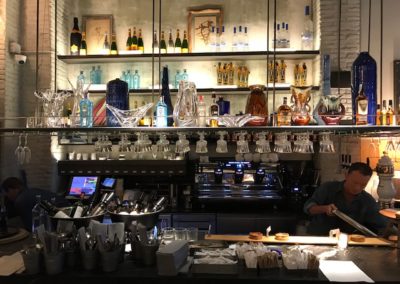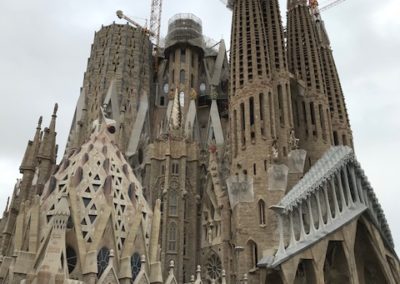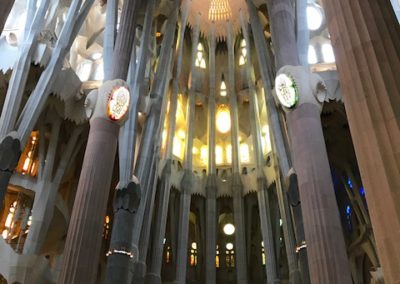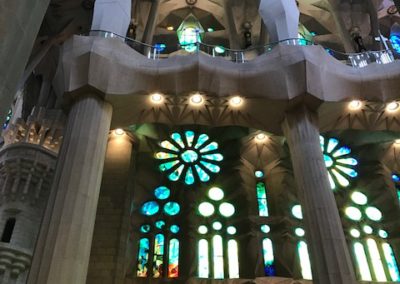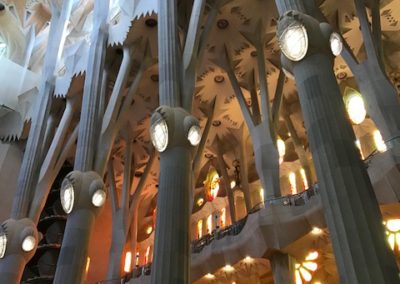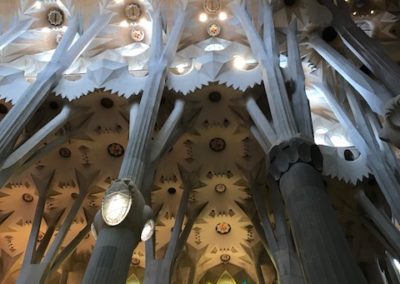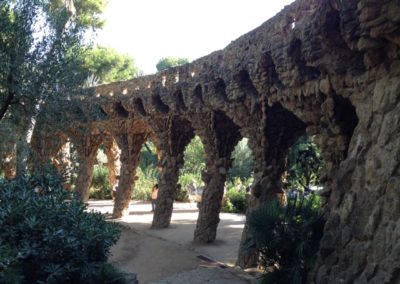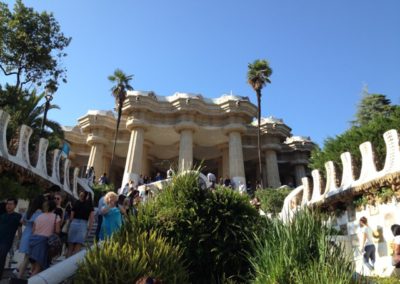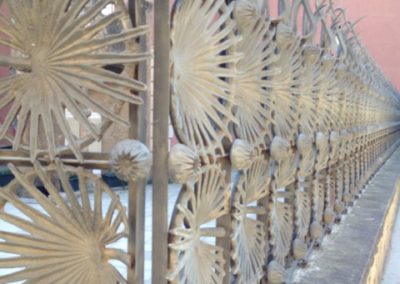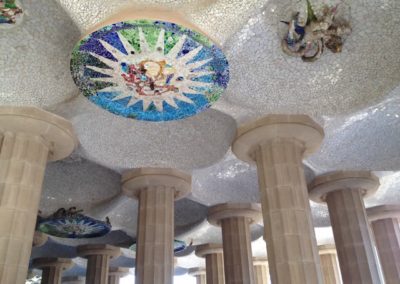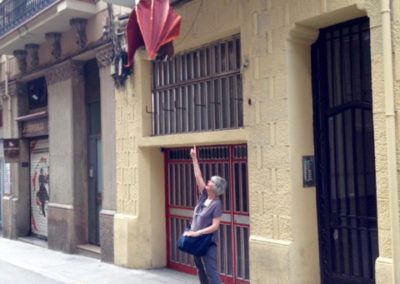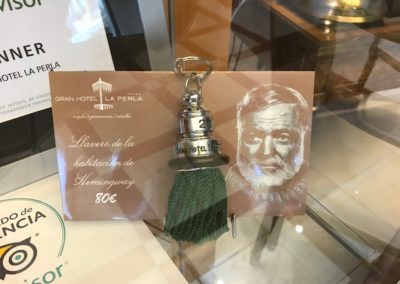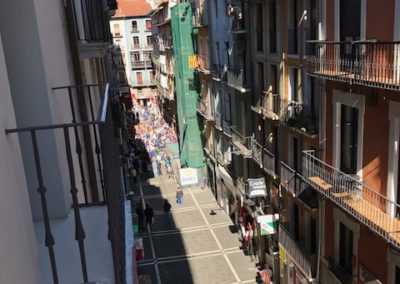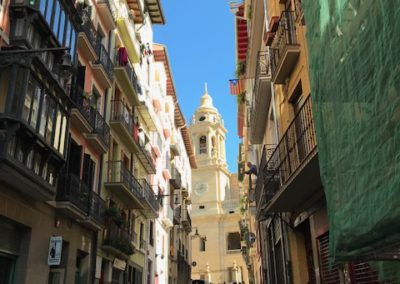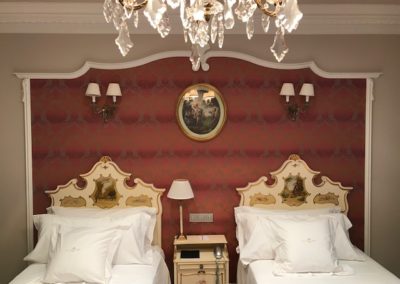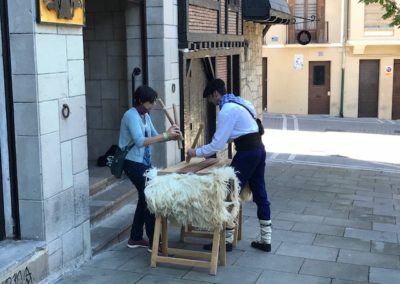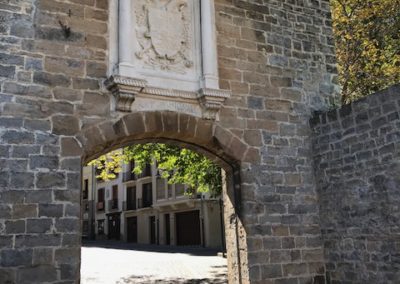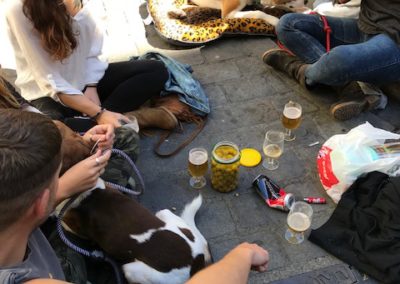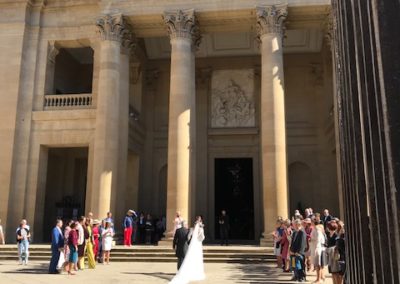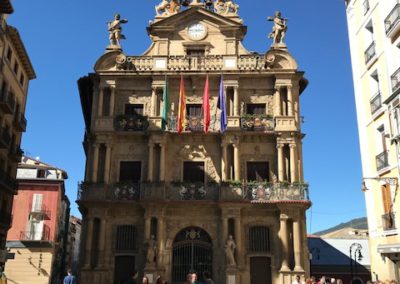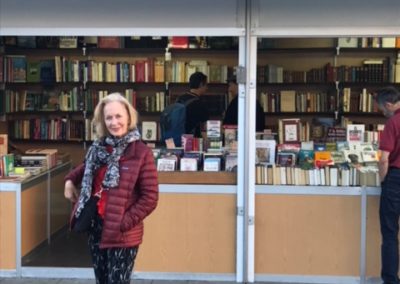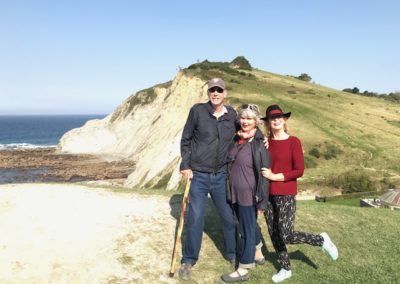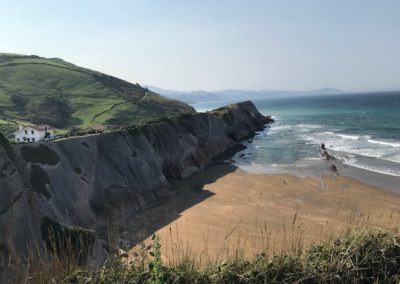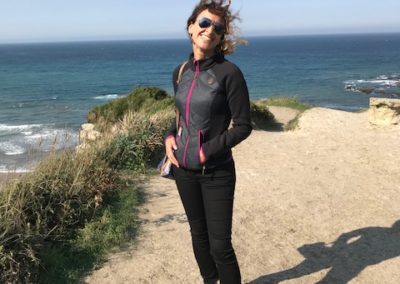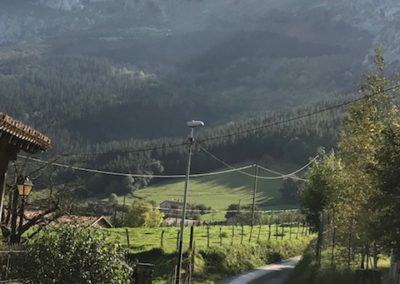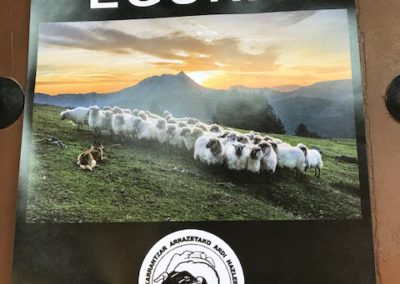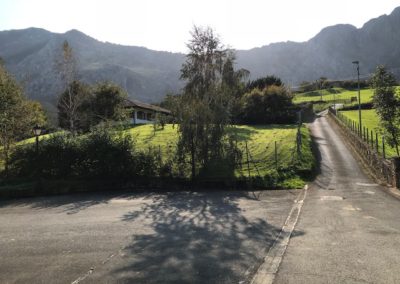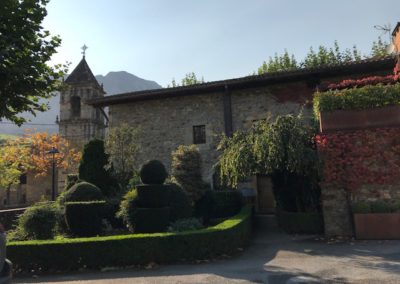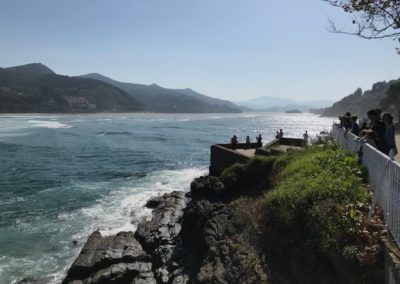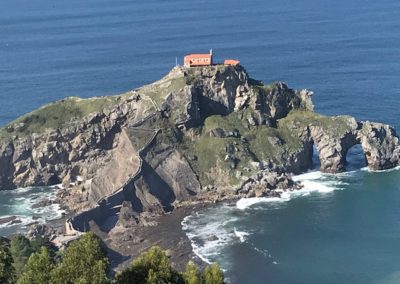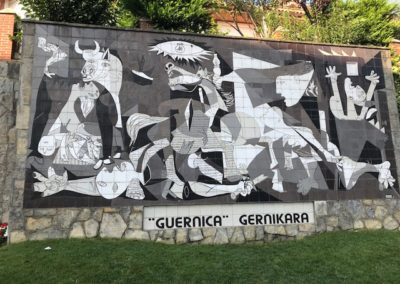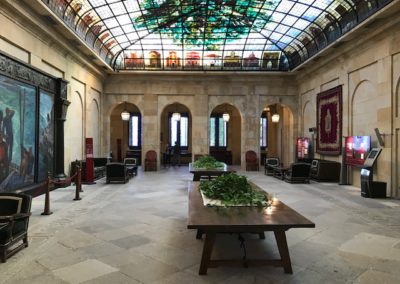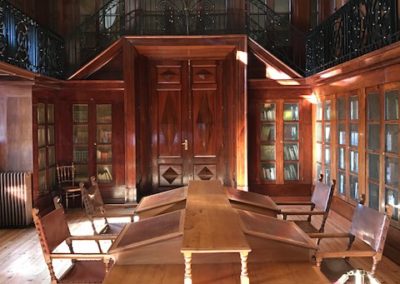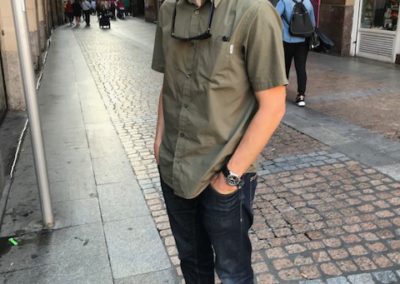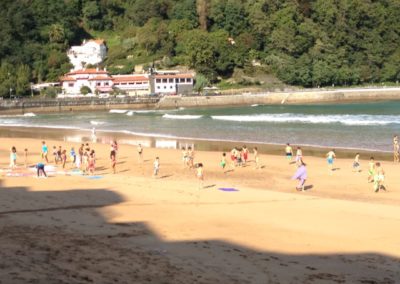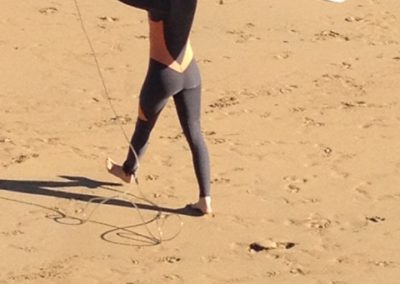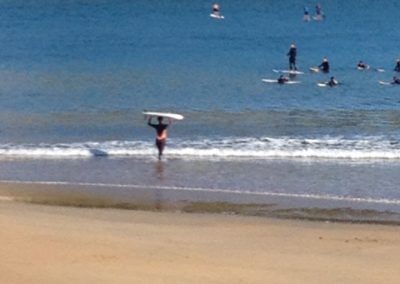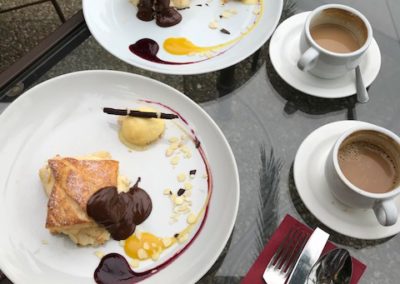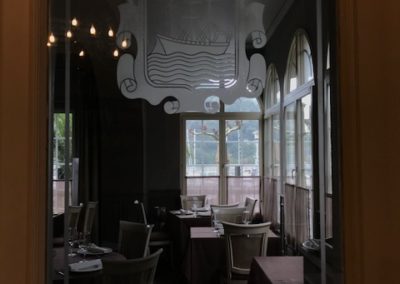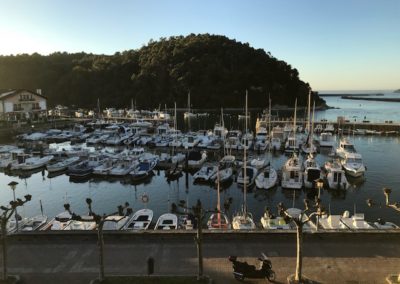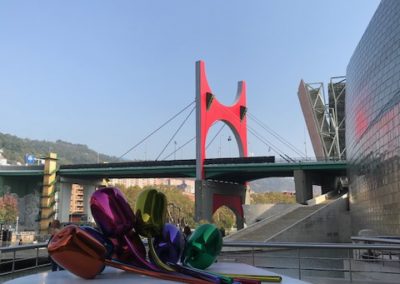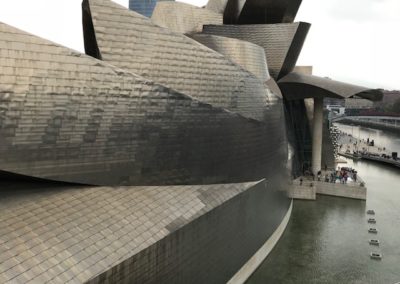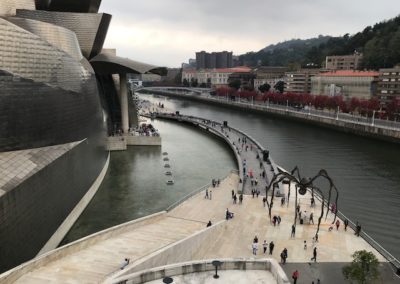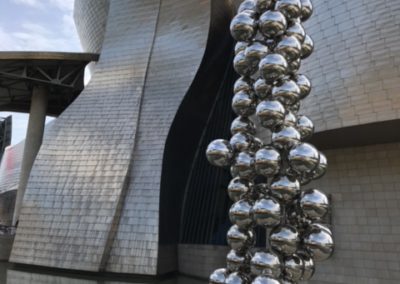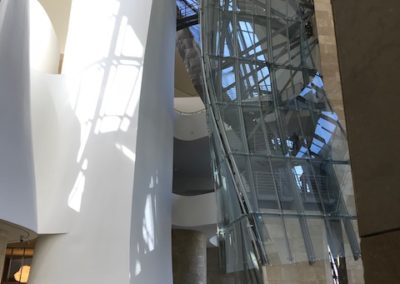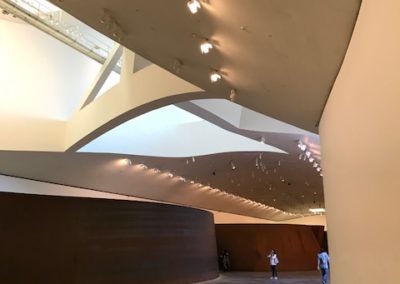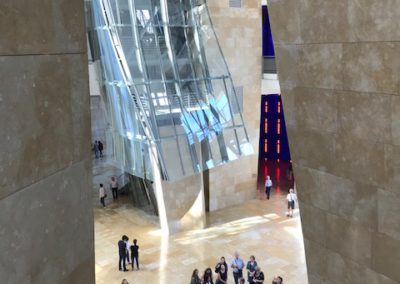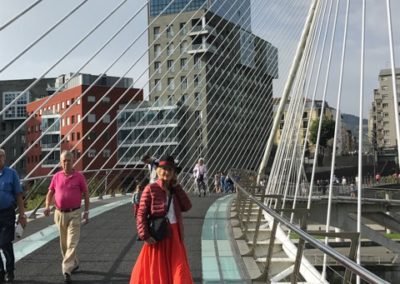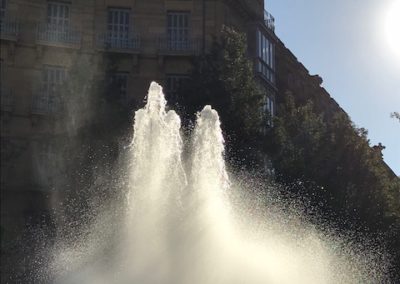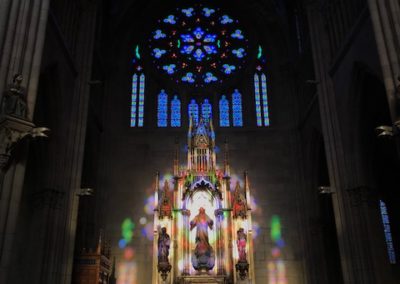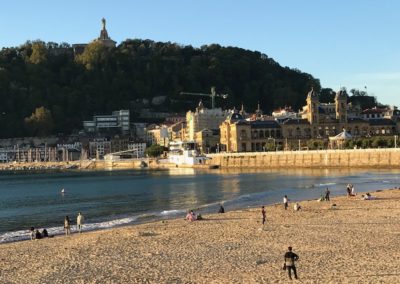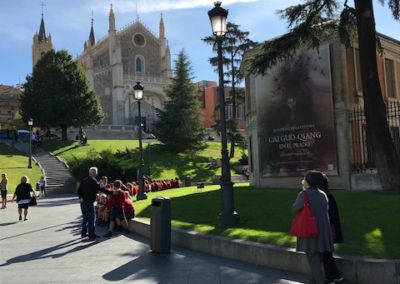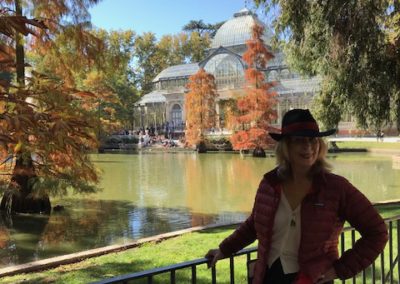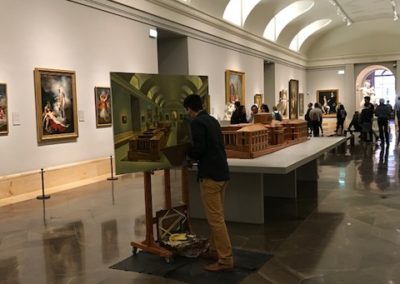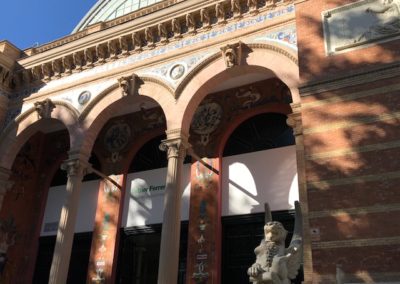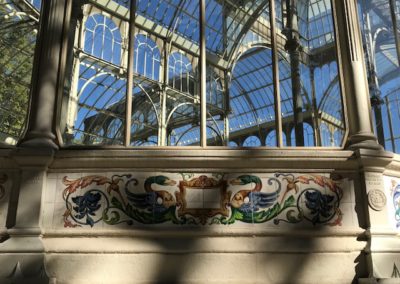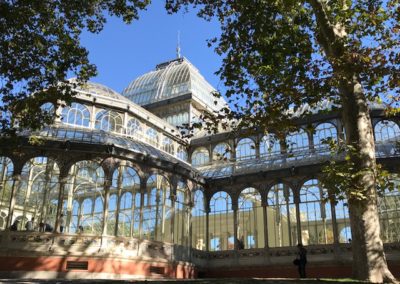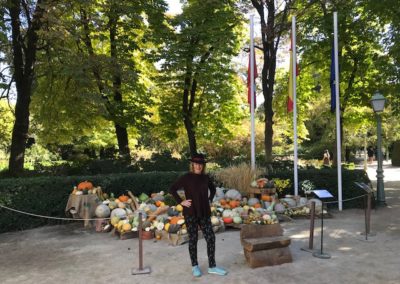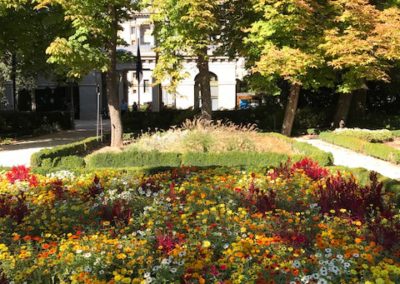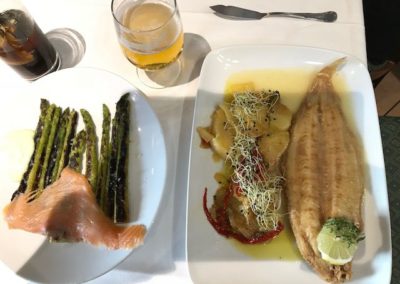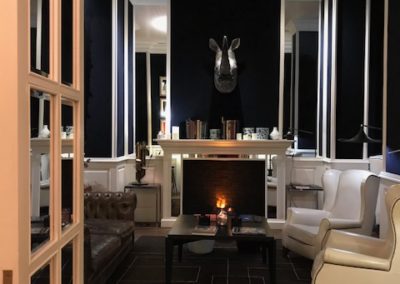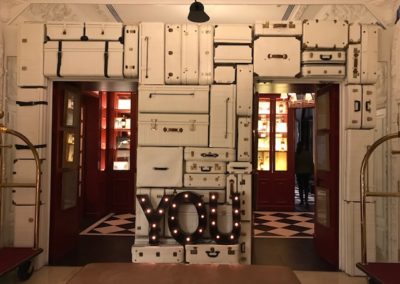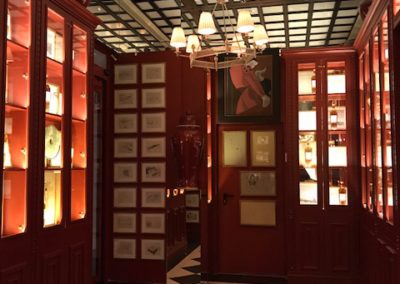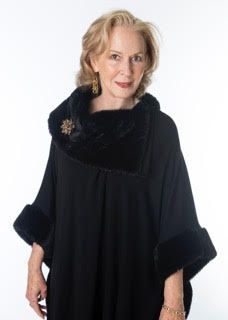“Never go on trips with anyone you don’t love.”
Ernest Hemingway
Barcelona
Our good friend, Suellen Lamorte, joins us, throws her suitcase on the floor of our neighborhood Airbnb, and off we go. Our feet hit the ground running. From Catalonian Gothic to Art Nouveau to Modernism, the architecture stops us in our tracks. But everything in this great city is eclipsed by the upcoming Catalonian Vote for Independence. Their red and yellow flags fly from windows, people march in the streets, and bang pots when night falls.
The Picasso Museum—We ooo and ah at the master’s vast works displayed by themes in a Gothic stone castle. His pencil drawings, completed when he was seventeen, catch my eye. His statement, “All men I paint are my father,” is revelatory. We dine on Catalonian stuffed peppers, olives, and wine in an artist’s restaurant alive with papier mache statues.
The Vote—We walk the Rambla, get lost in the Food Market, and back at the flat, watch with growing alarm the Spanish police attack peaceful voters, dragging them of the schools and beating them in the streets. 48% of the people voted; 94% voted for independence from the central government in Madrid.
Sagrada Família—Antoni Gaudi’s church is simply jaw-dropping. We wander through the nave or pause outside, awe-struck and speechless. Political unrest continues to ferment.
Girls Night Out—Suellen and I head for Casa Viejo. On the way, I buy a black felt fedora trimmed with a burgundy ribbon and feather. We meet Hash from D.C. in a tapas bar who raves about a Flamenco show. I drink vodka labeled from LA; Suellen drinks Tempranillo. We wind up the evening in a jazz bar with tapas, more wine and vodka, and lots of people watching.
Park Guell—Gaudi’s planned estate for wealthy families begun in 1900 is now a UNESCO Cultural Heritage of Humanity site interspersed with fantastical buildings, ramparts, and sumptuous gardens.
Sailor Boy suggests we revise our itinerary and get out of town before political violence erupts into a city-wide conflict. Before we go, we celebrate the glory of Barcelona with Flamenco dancers and musicians, Paulau Dalmases, whose passion and skill leaves me breathless.
Pamplona
In The Sun Also Rises, Hemingway immortalized Pamplona when he wrote about British and American ex-pats in 1926 who traveled to the Festival of San Fermin to watch the bulls run and bullfighting. We arrive by train to find a stunning walled city set in the Navarre mountains. This is Basque Country and all the signs are in Basque as well as Spanish. We are met by Milo, who recommends the exquisite Hotel La Perla, Hemingway’s home while in Pamplona. It boarders the Plaza del Castillo, surrounded by 18th century houses with balconies, cafes and bars. Families and children fill the square and spill into the streets in the warm, clean October sun.
The next morning from our balcony in room #401, we watch a parade of towering puppets and musicians dance through the narrow street where the bulls run in July. We learn that Hemingway’s room, #201, is directly below. We tour his quarters, the pink and gold décor and small beds strangely ornate and formal. For me, the thrill is incomparable. Suellen and Sailor Boy walk a section of the Santiago de Compostela while I soak up the improbability of being in the same hotel as Hemingway. I had found a copy of Moveable Feast in Lisbon, and have been re-reading it, relishing every page. The next day we enjoy a three hour lunch at San Ignacio restaurant, which we agree serves the most delicious fish of the trip. Before we depart, I’m invited by the hotel staff to the private salon and library in which authors’ books have been collected. The honor fills me with happiness and I promise to send Hotel La Perla my new novel.
San Sebastián, Basque Country, Bilbao and Plentzia
Milo drives us over the Pyrenees, stopping for lunch at Venta de Ultzama, a restaurant on a green mountainside that looks more Bavarian than Basque. Families and friends soon fill the tables for a leisurely four-course meal. Within a few hours, we arrive in San Sebastián, a Belle Epoch high-fashion city on the Atlantic within seeing distance of France. This is where the river Urumea meets the sea. Tall white wrought iron light fixtures shaped like candelabras line a path along three curved beaches. We stroll and take a ringside table on the terrace of Hotel Londrous, a luxury property where we can’t afford to stay, but where we can sip a drink at sunset, admire the view, and watch the swimmers. This is Michelin territory, a gastronomic destination, touted by the likes of Anthony Bourdain. We opt out and seek a pincxos bar. You ask, what are pincxos? They are bite-size morsels, savory or sweet, decorated with a variety of toppings. You cannot imagine how delicious the taste of a sardine on a square of crispy baguette garnished with pickled onions and an olive tastes when washed down with a chilled Rioja. Suellen and I plot opening a pincxos bar in Marin. Sailor Boy just smiles. The next day, he and Suellen climb Urqull Mount, a steep ascent overlooking the town while I take time out to write to you.
Irene of The Best of Basque, picks us up for a ride through the countryside on our way to Bilbao. We are treated first to the tranquility of small villages and stunning coastal towns and learn from the very beautiful Irene about the fierce pride and ancient culture of the Basque people. She explains that today children learn the Basque language from kindergarten through college whereas Irene’s parents cannot speak it because during Franco’s regime, they were marked, imprisoned and threatened with death if caught speaking Basque.
Zack, Irene’s husband, a Michigan native, picks us up the next morning at our Bilbao flat for a continuation of the tour. We head to Guernica, the Basque seat of government bombed and destroyed in 1937 by Nazi’s during the Spanish Civil War. He takes us to a tile reproduction of Picasso’s “Guernica” that speaks to the horror of the bombing and civilian deaths. There’s a solemn peacefulness in the restored town and at the Assembly House and Tree of Guernica we pause to remember. Zack drives us to world-class surfing beaches and then shows us a high rocky promontory off shore topped by a solitary stone building that has been filmed for the last season of Game of Thrones. When Zack suggests Sailor Boy and I may want to stay in one of the coastal villages after our stay in Bilbao, our ears perk up. Suellen will be going home and we’re been traveling for over two months. The idea of warm afternoons snoozing in the sand and a pause from traveling sounds ideal.
Bilbao, a gritty, industrial port city, was transformed into an international destination by the building of the Guggenheim Museum and what a museum it is. Like Gaudi’s Sagrada Família, it is an architectural tour de force finished in an undulating titanium shell. There’s a permanent collection inside and constantly rotating new art collections, but to walk around the shimmering exterior or to pause in the outdoor cafe is to experience grandeur. The three of us continue our exploration of pinxcos perfection and people watching until we sadly say good by to Suellen who flies back to home and we head to Plentzia, the beach town where we’ll spend a week in the warmth of late autumn’s weather.
Picture a stylish three story villa a tad worn after the summer crowd departs and a popular restaurant frequented by hearty locals across from a little harbor with a staff right out of central casting and that’s Hotel Kaian in Plentzia. Fernando, the manager with dark-flashing eyes, dresses in black attire, and quickly identifies us as “family.” The weather turns, rain falls, the postage-size elevator creaks, and we, the only hotel guests, occupy the top floor suite. Iknowher, a throaty blonde with lightning reflexes, sends glassware crashing to the floor and keeps us laughing. We bundle up to watch the waves crash on the sea wall, fishing boats putter out of the harbor, and local surfers defy the weather. Every morning, lovely Isolda greets us at her cozy pinxcos bar and we are treated to her divine cappuccinos and croissants, and hugs and kisses.
Madrid
The grandeur of Madrid surprises me. Because of the political crisis with the Catalonia government, I’m not prepared to be awed by Spain’s capital. But charmed I am. Its wide streets buzz with commerce and vitality, and in adjoining neighborhoods stylish shops beckon. The Prado Museum commands respect as does the elegant Glass Palace and their gardens, each beautifully maintained, invite us. We land at the You Hotel in the heart of LBGT territory, and are welcomed into opulent lodging and friendly service. Madrid proves to be the ideal city in which to say farewell to Spain. Morocco awaits, and we are ready.

